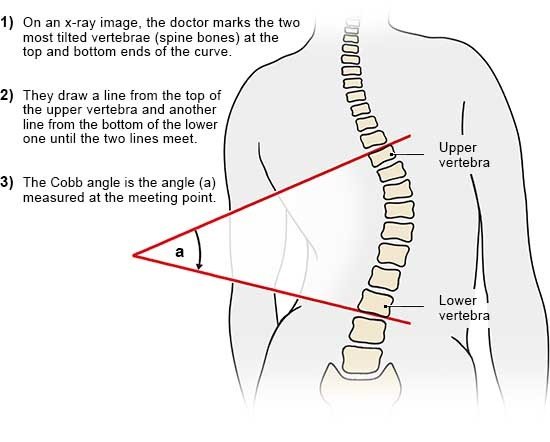Scoliosis check-ups

Scoliosis may continue to get worse until the bones stop growing. So it's important to have regular check-ups in the meantime. It is a good idea to only have as many x-rays as really necessary.
Check-ups are done to see
- whether the curve in the spine has got worse,
- if treatment (such as a back brace) is having the desired effect, and
- whether the treatment needs to be changed.
The check-ups are also a good opportunity to discuss any problems you’re having due to the disease or the treatment.

